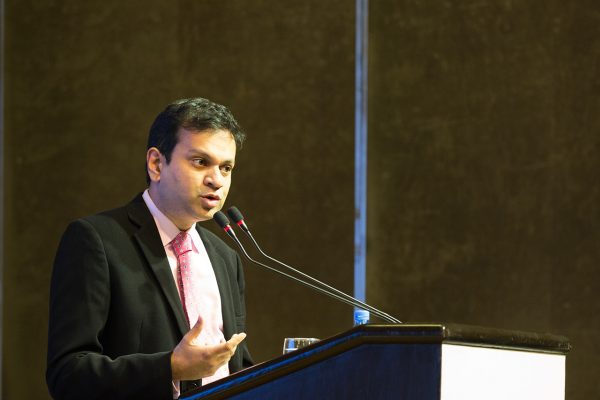Violence against women: Is physical abuse the only form?
Reading Time: 3 minutes
Findings show large proportion of young people are unclear about what constitutes violence.
A BRAC study conducted in February 2019 has found that more than 50% people in Bangladesh do not consider verbal abuse as a form of violence against women. Only 4% said marital rape was a form of violence, and even less, just 1.1%, thought giving threat of divorce could be a violent behaviour towards women.
Violence against women is one of the most pervasive and fundamental violations of human rights. It is also one of the most under-recognised problems in Bangladesh.
BRAC’s advocacy for social change programme conducted a survey in February 2019 in all 64 districts of Bangladesh with the aim to understand common perceptions around violence against women. It went on to explore the root causes of violent behaviour against women.
Methodology
Bangladeshis aged 18 years and above from various socioeconomic spheres, genders and professions were surveyed for the study. The survey covered all 64 districts of Bangladesh with a sample size of 600 participants from each division, totalling to a sample size of 4,800, making the survey statistically significant at the divisional level and nationally representative. Male-female representation was 50-50. To fulfill the objectives, both quantitative and qualitative approaches were applied.
Understanding violence against women
The respondents were given a case study which described a working husband verbally abusing his wife. When asked whether this constituted violence against women, more than half (54%) of the respondents said this was not violence.

When asked what constitutes violence against women, almost 40% said physical abuse is the only form of violence. Interestingly, 6 out of 10 respondents said they understood mental torture also constituted violence against women, which includes creating pressure for dowry, and threat of divorce.
Marital rape: least recognised form of violence
Threat of divorce, marital rape and creating fear of violence are three least understood forms of violence.

Only 1.1% respondents thought threat of divorce is a form of violence against women, 4% thought marital rape meant being violent and just 6.9% recognised creating fear of violence.
‘Eve teasing’ as sexual violence
The surveyors presented a small case study on eve teasing. It is about a young man stalking a schoolgirl every day on her way to and from school. When she tells her father, he is afraid of retaliation and says it would not be wise to protest. The respondents were asked whether the father was right. As much as 80% said the father was wrong in not protesting. Half of them were men (52%). In addition, of all the men who said protesting was the right thing to do, more than 50% were youth (ie, aged between 18-35 years). Interestingly, only 15% of the respondents said it was not safe to stand against eve-teasers, and an overwhelming 92% of them were women.
When asked what they thought about the way boys and young men often behave with girls and women on the streets, more than three-fourths (76%) of the respondents said eve teasing was a form of sexual violence. More than 50% of those who said eve teasing was a form of sexual violence were young male adults.
The alarming finding was that nearly one out of every four respondent (24%) thought that eve teasing was a normal behaviour among young boys and men.
Role of media
The respondents were asked what they thought of how mass media report incidents of violence against women. A massive 92% respondents said they were not happy with the way the media dealt with such news.

Some of the changes that they would like to see were: not publishing the name of the survivor; not giving detailed description of the incident; not publishing the identity of the perpetrator; not insinuating blame on the survivor; staying focused on the issue so that perpetrators could be brought to justice; As much as 92.5% chose at least one of these six. 28.7% said media should refrain from giving vivid description of incidents of violence and 27.7% said the identity of survivors should not be published.
Indecent content in popular culture
Nearly two-thirds (65%) of the respondents said indecent representation of women in popular culture and pornographic content in social and digital media instigate violent behaviour towards women.
Interestingly, when asked what were the reasons behind rise in violence against women, only 15% chose easy availability of indecent and pornographic content in mass and online media.
Reasons behind rise in violence against women
Half (49.9%) of the respondents said violence against women has been on the rise due to an overall lack of values in today’s society.
More than 50% of them are male, of which, 55% are youth aged between 18-35. More than one-fourth (28%) of the respondents thought that a lack of proper execution of law has resulted in the rise in cases of violence.
The director of communications at BRAC, Moutushi Kabir, said, “The question of morality is deep rooted in the very fabric of our society. We need to relook at the power play of patriarchy in our social value system, which comprises family, education system and culture.”
Read more on this survey on The Daily Star and Prothom Alo.
Rajib Bhowmick is the head of media and external relations at BRAC.





